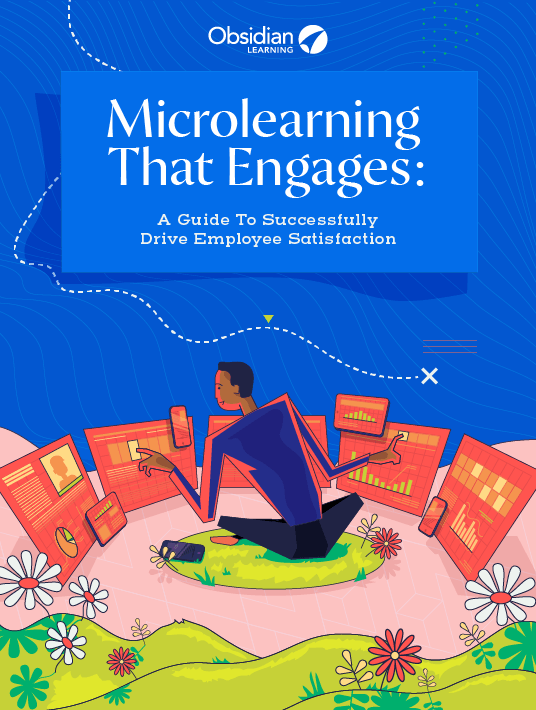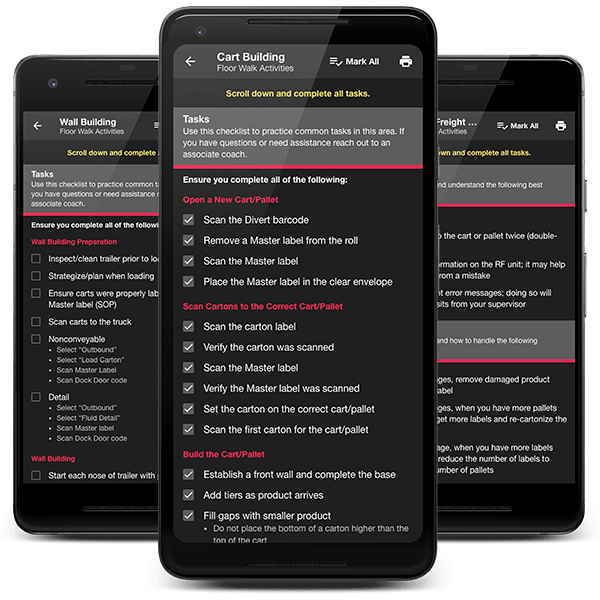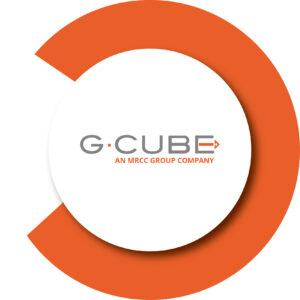Boosting Your Corporate Training ROI With Microlearning
In lean times, corporate training is often the first area where budgets are trimmed. Organizations cut down on travel, lodging, and per diem costs, and often put the brakes on developing new training. And if they do see a learning need, higher-ups are going to be focused on how they can get the most bang for their buck. As a learning professional, microlearning is the perfect vehicle to propose to your clients under these circumstances. Done right, it’s simple, cost-effective, and—when all the micro pieces are strung together—can be the foundation for a larger-scale learning program. Here are 5 ways microlearning can boost your corporate training ROI.

Less Face Time
The traditional corporate training model isn’t cheap. You fly in your trainees, you put them up in hotels, you feed them… and oh, yeah, you still haven’t factored in your actual training costs: upfront program development, material costs (props, photocopies), facilitation… This kind of training serves a variety of purposes (networking, shared experience, learning focus), but it’s not where organizations are going to invest when budgets are tight. Microlearning can take many forms (simple infographic, text messages, short videos/animations) that can be a bit easier on the budget but will ensure that your employees are still getting the information they need to perform their jobs effectively, without breaking the bank on associated training costs.
Performance Support
This is a biggie. Do you have a smartphone? Do you know anyone who doesn’t? What if your employees get to a critical point in a procedure or equipment manipulation, and can’t quite remember how to complete the task? What if they can whip out their smartphone, open an app, find the information they need, and get on with the job? How much more time would be lost if that same employee had to stop work, do some research, track down the co-worker who might have that bit of needed knowledge, then go back to the field to complete the task? Investing in performance support that reduces downtime, and rework costs, is good business, and microlearning is the ideal vehicle for this type of ongoing learning need. Obsidian Learning designed a nifty checklist for supply chain supervisors for just this type of scenario.

Accessibility
Most people have some kind of hobby; mine happens to be knitting. I’m no expert, but I enjoy the craft and always have (at least) one ongoing project. Now, there is a lot of knitting literature out there. And I admit to a fascination with some of these beautifully rendered tomes. But when I have a knitting emergency, do you think I go leafing through my knitting library? Nah. I plug my problem into a search engine and I generally end up watching a YouTube video. Do you know why? Because it’s easy and immediate. My knitting microlearning and your corporate microlearning need to fit the same criteria. Easy to find, easy to access. So don’t forget that in order to maximize your Return On Investment, your employees need to be able to find all those great microlearning assets you’re developing. Intuitive structure and searchability are (often overlooked) means of extracting far more value from existing, underutilized microlearning assets. Investing in simplicity is a fast, cheap means of boosting ROI.
Maximum Impact
Have you ever had to sit through training that was dull, lifeless... soul-destroying, even? If you haven’t, you’re one of the lucky ones. Sometimes truly important messages get lost in the droning, page-turning wasteland that can characterize online training. Every now and then, though, someone comes up with beautifully rendered, mercifully brief, and spot-on messaging. If you think that’s not microlearning, think again. This 1-minute video highlights the good and bad modeling behaviors of construction site managers. It has visual impact and, through a simple but highly effective comparison, demonstrates the absolute necessity for site managers to be good role models for their employees, and the potentially dramatic consequences if they are not. As in this example, brevity can boost the impact of a tightly focused, urgent message, and increased impact equals increased ROI.
Development Cost
Don’t get me wrong: microlearning, particularly custom microlearning, requires putting a hand to pocket. But, contrary to the development of a one-and-done learning event, it can be structured so that your costs are spaced out over time rather than blowing the budget all at once… all while investing in building blocks that can eventually form a comprehensive learning program. While the incremental approach is not for every organization, it has the added benefit of sharpening the focus on true priorities—what is really important to your organization, what skills truly require honing, what message really needs to be understood and acted upon. And don’t forget that all your costs are upfront; a carefully thought out piece of microlearning can have a long shelf-life, thus exponentially increasing your return on investment over time.
Running a business is about ensuring the continued success of an organization, and investing in your employees is one way to ensure that goal is met. Beyond the financial implications, getting the most out of an educational program should always be a top priority, whether that means you’re calculating return on investment in dollars and cents or are aiming to reap more intangible benefits (better morale, improved communication, behavior change). Either way, the effective application of microlearning can’t be ignored if you’re serious about boosting corporate training ROI. Discover how you can do it properly to benefit both your learners and your organization by downloading the eBook Microlearning That Engages: A Guide To Successfully Drive Employee Satisfaction.








